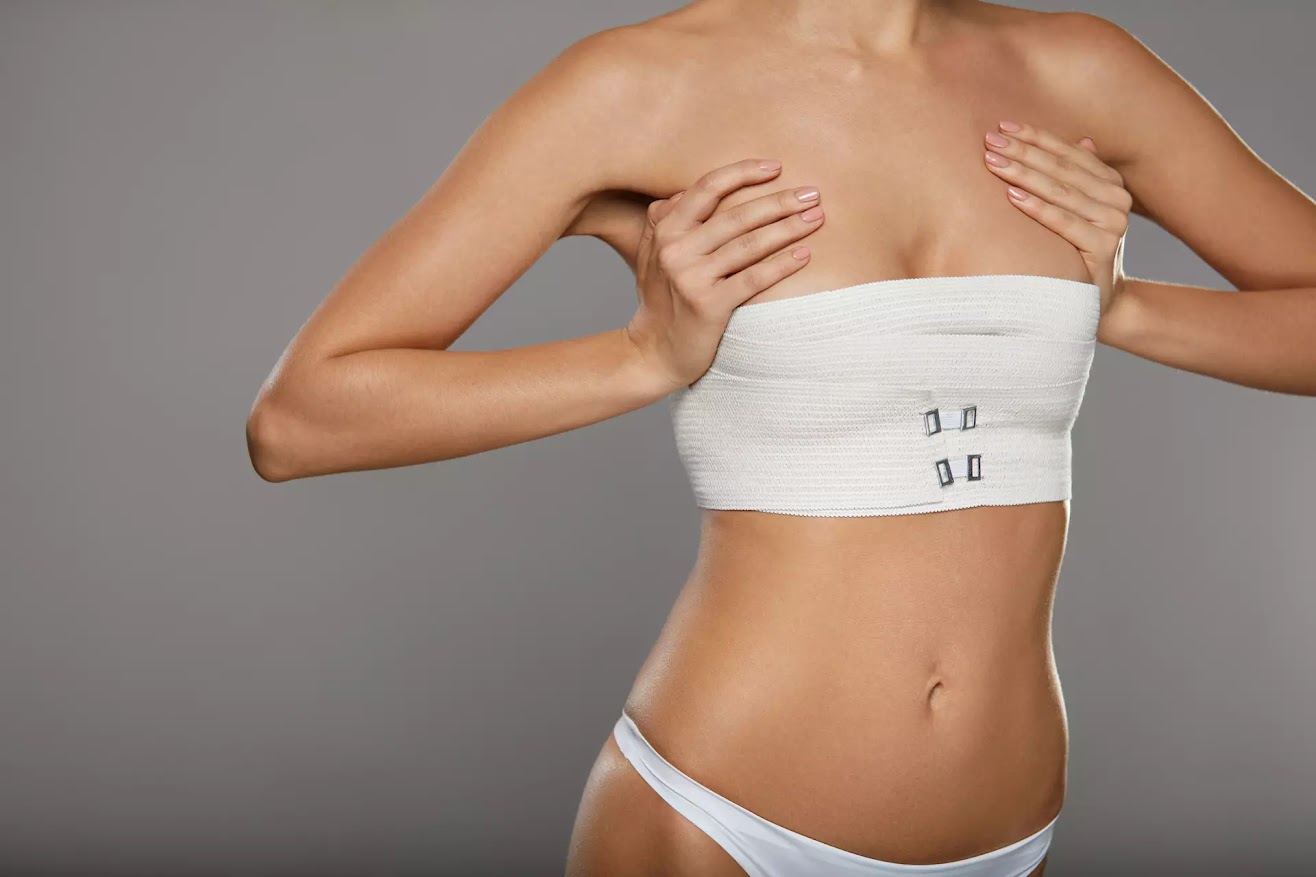
Breast reconstruction is performed to rebuild and reshape the breast. Following a mastectomy and depending on the individual patient’s circumstances, such as whether radiation therapy is required as a part of the treatment protocol, saline-filled or silicone gel implants or tissue from other areas of the body (also known as an “autologous reconstruction”) – and sometimes a combination of the two – may be used.
Nipple and Areola Reconstruction is often required as well and can be performed alongside or following breast reconstruction.
Procedure Walk-Through
- Preparation: To prepare for breast reconstruction, you should discontinue the use of blood-thinning vitamins, herbs, and medications for two weeks before the surgery. If you smoke cigarettes, you should quit for at least two weeks before and after surgery. If you are over the age of 45, medical clearance by an independent physician may be required before undergoing surgery.
- Anesthesia: General anesthesia will be administered.
- Several options for breast reconstruction exist, the most common being immediate reconstruction with the placement of an implant. Dr. Vallecillos will discuss beforehand which options are best for you, given your specific diagnosis and circumstances. Some of the more commonly performed breast reconstruction procedures are as follows:
Autologous Reconstruction
The following flap techniques utilize a woman’s own tissue, notably muscle with overlying fat and skin, to re-create the breast mound.
In instances where a mastectomy leaves a woman’s breast with insufficient tissue needed to adequately provide coverage for an implant, a tissue flap or tissue expansion may be required.
A TRAM Flap
Also known as a “transverse rectus abdominus myocutaneous flap,” borrows donor muscle, fat, and skin from the patient’s abdomen to reconstruct the breast. The flap may either remain attached to the original blood supply and be tunneled up through the chest wall, or be completely detached, and formed into a breast mound.
Alternatively, Dr. Vallecillos may choose the DIEP or SGAP flag techniques that do not use muscle but transport tissue to the chest from the abdomen or buttock.
Latissimus Dorsi Flap
Uses muscle, fat, and skin from the back tunneled to the mastectomy site and remains attached to its donor site, leaving bloody supply intact.
Flap and Implant
A breast implant can be an addition or alternative to the flap techniques. Saline and silicone implants are available for breast reconstruction, and your surgeon will help you decide what is best for you. Reconstruction with an implant alone usually requires tissue expansion.
Reconstruction with tissue expansion allows an easier recovery than flap procedures, but it is a more lengthy reconstruction process. This method requires many office visits over 4-6 months after placement of the expander to slowly fill the device through an internal valve to expand the skin.
A second surgical procedure will be needed to replace the expander if it is not designed to serve as a permanent implant.
Nipple and Areola Reconstruction is often performed alongside breast reconstruction. Liposuction may be performed alongside breast reconstruction if tissue grafts from other areas of the patient’s body are being used to rebuild the breasts.
Frequently Asked Questions
Who is a candidate for breast reconstruction?
You should consider breast reconstruction if you’ve undergone, or are planning to undergo, a mastectomy, or have experienced a traumatic injury to the breast.
What is the recovery time for breast reconstruction?
Patients should arrange to have friends, family members, or other caregivers available to help during the first week after surgery. A drainage tube will remove fluids for several days and you may experience pain and discomfort during the first few weeks of recovery. You should avoid having sex or performing strenuous exercise and/or heavy lifting for at least 4-6 weeks after surgery.
Are there risks or side effects with breast reconstruction?
You should expect some temporary swelling, tenderness, bruising and possible numbness near the incision sites and throughout the breast area. As with all surgeries, there is also a small risk of infection. When the reconstruction involves the use of implants, capsular contraction (or a tightening of the skin and hardening of the breast) can occur. Patients with a history of radiation therapy are at higher risk for developing this condition. Carefully following Dr. Vallecillos’ post-procedure instructions can help minimize this risk.
How long do the results last?
Most breast reconstructions are permanent, though in rare cases additional procedures may be required to correct side effects.
